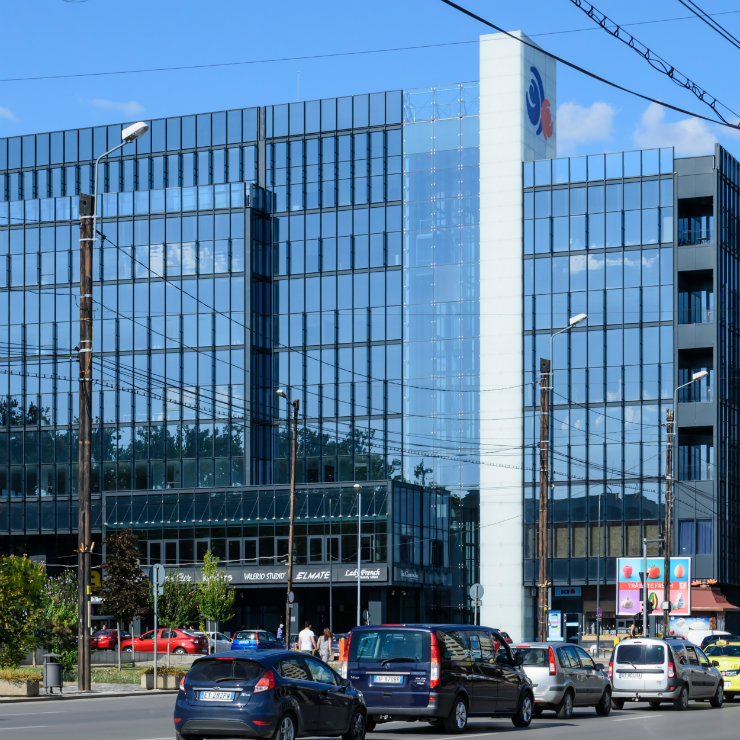
The office market in the main cities – Cluj-Napoca, Timisoara, Iasi and Brasov – reached about 700,000 sqm in mid 2017, or 73 per cent less than in Bucharest, according to recent data from Cushman & Wakefield Echinox...
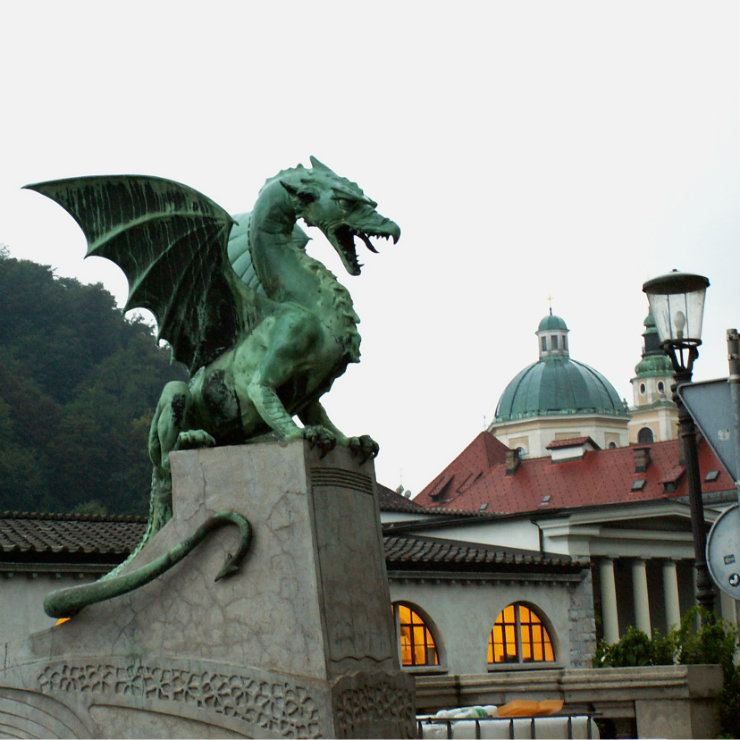
The Slovenian economy is expected to grow by over 4.5 per cent in 2017, but the country must tackle labor market bottlenecks and drive ahead with privatization in order to sustain long-term growth, OECD says.
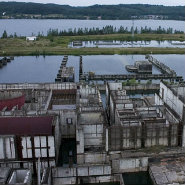
China General Nuclear Power Group (CGN) wants to build Poland's first nuclear power plant but many believe this could be another journey down a dead end.
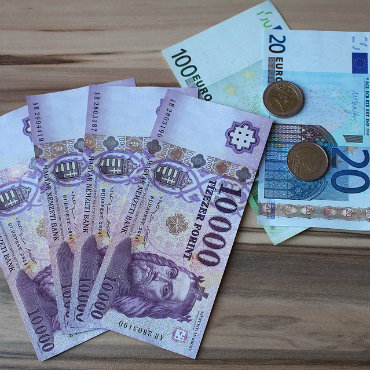
Hungarian politicians say that Hungary could only consider adopting the euro when its level of economic development is closer to that of the Eurozone countries.
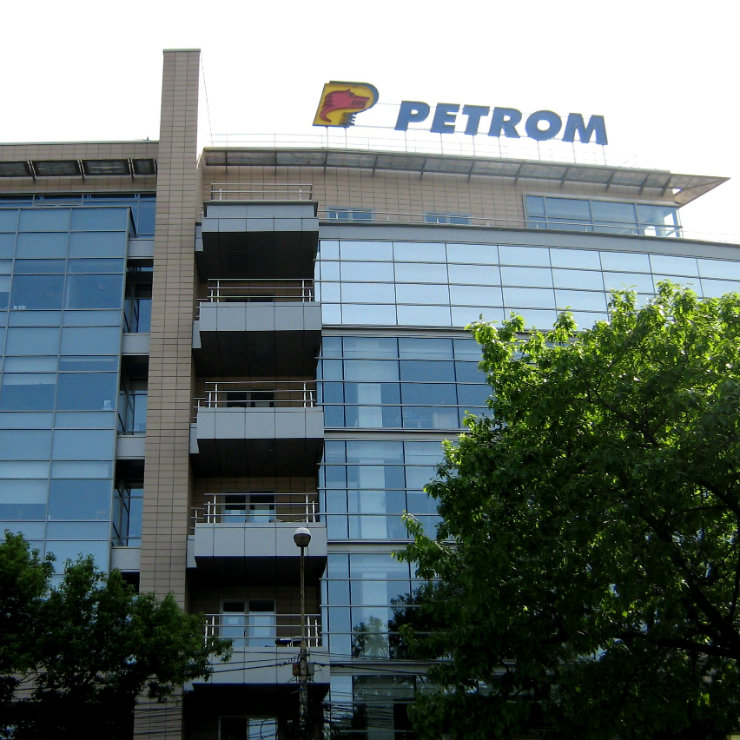
Romania’s planned Sovereign Fund (FSDI) will include 27 companies, where the state is either full owner or holds minority stakes, including Nuclearelectrica, OMV Petrom, Oil Terminal and Telekom Romania Communication.
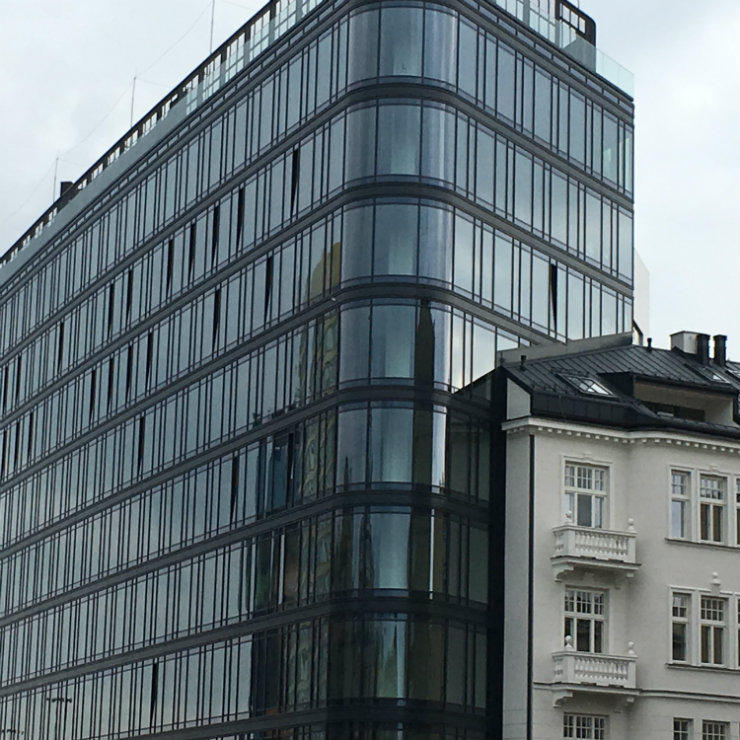
Poland is the undisputed leader in the CEE region and, thanks to relatively low labor costs, the still high availability of land and competitive rental rates, so it is a good alternative to Western Europe’s markets.

According to a report from Mergermarket and Wolf Theiss, 98 per cent of M&A dealmakers in the Central and southeast Europe (CSE) region said they will continue to invest.

The potential of the Polish economy is far from having been fully exploited, according to a recent Deloitte report “Investment in Poland: Unused Potential” by Marcin Diakonowicz and Julia Patorska, together with the...

Majority of M&A dealmakers in the Central and Southeast Europe (CSE) region said they will continue to invest in the market, according to a report from Mergermarket and Wolf Theiss.
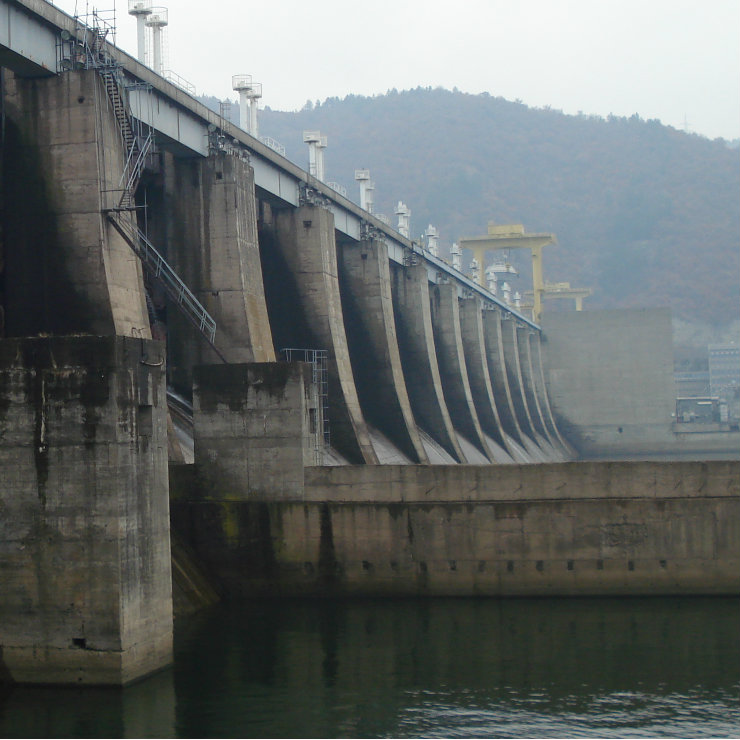
Serbia’s energy minister Aleksandar Antic said that Serbia needs more investment in renewable energy projects, mainly to relieve pressure on Elektroprivreda Srbije (EPS), the sole power producer.